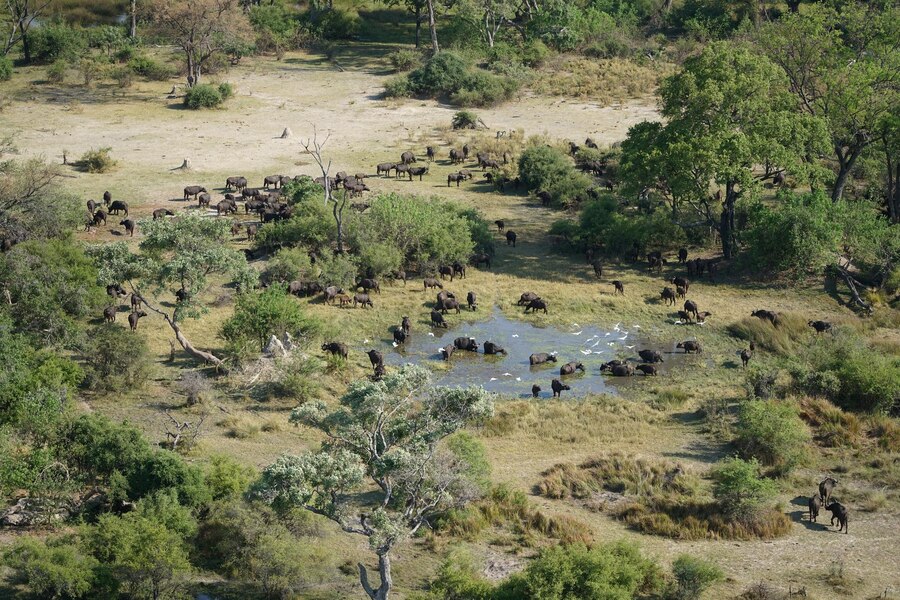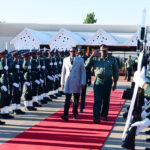Botswana stands as a beacon of progress in integrating biodiversity conservation into national development. With a robust framework shaped by the National Biodiversity Strategy and Action Plan (NBSAP 2016–2025), the country has demonstrated its commitment to preserving its rich natural heritage while pursuing sustainable development. However, as environmental pressures mount and the global call for ecological responsibility intensifies, Botswana’s next crucial step lies in reinforcing the connection between community-based natural resource management (CBNRM) and national biodiversity objectives.
A Strong Foundation in Policy and Research
Botswana’s NBSAP is firmly aligned with international biodiversity frameworks such as the Convention on Biological Diversity (CBD). It lays out strategic goals and actionable priorities to conserve ecosystems, species, and genetic diversity. Complementing this is the National Ecosystem Assessment, a significant milestone that provides a scientific basis for conservation decisions, and BIOFIN (Biodiversity Finance Initiative), which introduces a pragmatic approach to funding conservation through integrated financial planning.
These initiatives reflect Botswana’s dedication to evidence-based policy-making and fiscal sustainability in environmental management. Research platforms like the Open Repository of Botswana’s Integrated Science (ORBIS) and the inclusion of specialized environmental degrees in the academic curriculum further cement the role of science in steering conservation strategies.
The Central Role of Communities in Conservation
Despite the progress at the national level, communities remain the frontline stewards of biodiversity. Through CBNRM programs, particularly those involving wildlife management areas (WMAs), rural populations have long participated in conserving biodiversity while deriving economic benefits from ecotourism, controlled hunting, and natural product harvesting.
However, there is growing recognition that CBNRM programs need better alignment with national strategies to maximize their ecological and socioeconomic impact. Often, local-level planning, data collection, and monitoring do not seamlessly integrate with national biodiversity databases and goals. Strengthening this link is essential to ensure that local efforts contribute meaningfully to the broader conservation agenda.
Opportunities for Stronger Alignment
To bridge this gap, Botswana can pursue several targeted actions:
- Enhance Data Sharing and Integration
By building digital platforms that allow real-time data flow from community monitoring projects into national biodiversity databases, policymakers can gain richer insights into ecosystem health. Training community members in biodiversity monitoring using mobile tools and participatory mapping techniques can empower locals and improve data accuracy. - Invest in Local Capacity Building
While academic programs and research platforms are growing, expanding access to environmental education in rural areas is key. Community conservancies can benefit from on-site training, extension services, and partnerships with universities to apply scientific techniques to traditional knowledge systems. - Align CBNRM Incentives with Conservation Targets
Incentive structures within CBNRM initiatives—such as tourism revenue-sharing or access to natural resource use rights—can be tied to clear biodiversity outcomes. This could include metrics like species population health, forest regeneration, or reduced human-wildlife conflict. Performance-based incentives would ensure that conservation goals and local livelihoods are mutually reinforcing. - Strengthen Policy Coherence and Representation
Ensuring that community voices are included in national conservation policy reviews helps create more grounded, equitable policies. Mechanisms such as regional CBNRM forums and participatory budgeting processes can provide platforms for meaningful community engagement in strategy development. - Promote Sustainable Livelihood Diversification
To reduce pressure on biodiversity hotspots, Botswana can encourage alternative income sources that are environmentally friendly—such as sustainable agriculture, beekeeping, or value-added natural products. Linking these to national economic and biodiversity strategies will ensure coherent development planning.
Looking Ahead
Botswana’s pioneering efforts in biodiversity conservation offer a model for other countries. Yet, the future of its conservation success depends heavily on how well local community actions are interwoven into the fabric of national policy and research. With the right investments in capacity, technology, and inclusive governance, Botswana can ensure that biodiversity conservation not only protects its unique ecosystems but also uplifts the communities that depend on them.










